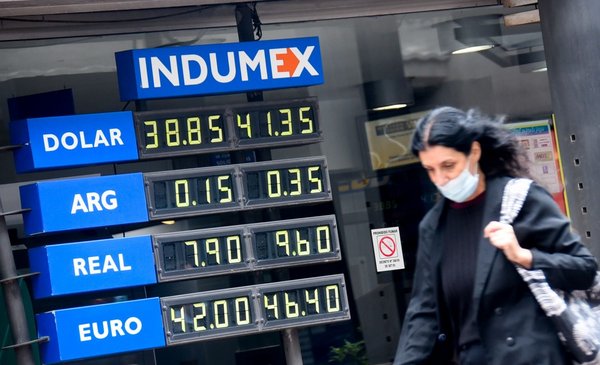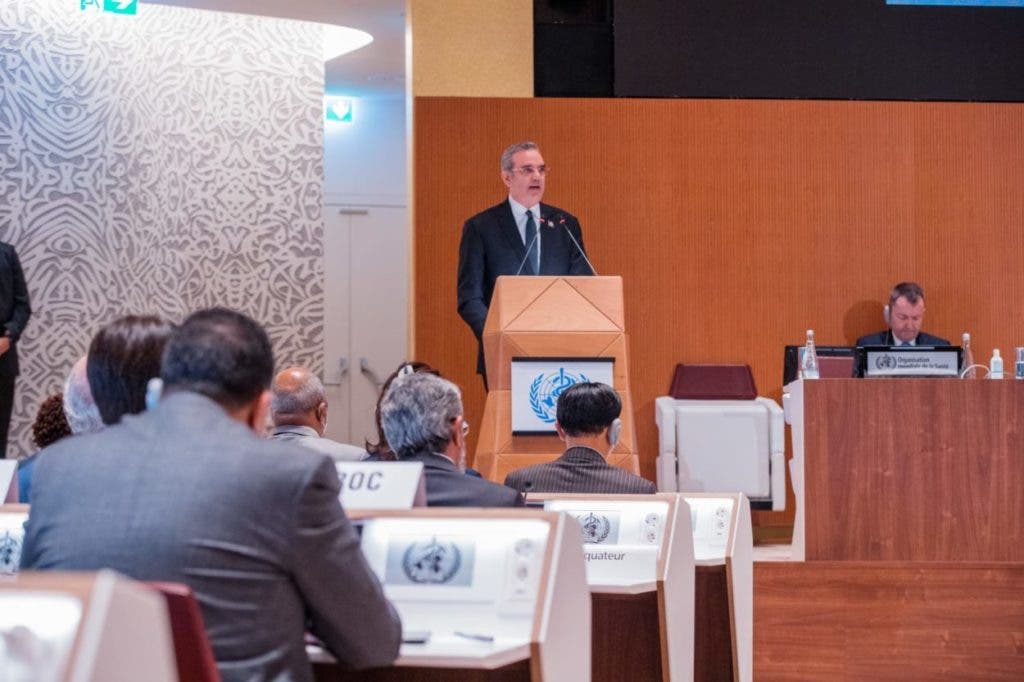In a new downward streak of the exchange rate of six sessions in a row, The interbank dollar fell 0.5% this Monday and touched its lowest nominal price of the year.
In operations through the Electronic Stock Exchange (Bevsa), the interbank note operated with an average of $42, this was 0.48% below Friday, while the last transaction of the day was agreed to $ 40.02 (-0.45%). In total, US$ 17.5 million were operated and there was no intervention in the spot market of the Central Bank of Uruguay (BCU), in line with the policy it has shown in recent times.
Last week the exchange rate had closed with a decrease of 3% and accumulates a depreciation of 10.5% so far this year.
On the BROU board to the public, the buying point of the dollar lost 20 hundredths and fell below $39 ($38.80), while the sale is offered at $41.20.
Last week the BCU decided to increase the interest rate by 0.75%, to 9.25%, and start a contractionary phase of monetary policy to anchor agents’ inflationary expectations to the target range of 3% to 6%. %, which will be valid for the next 24 months. The decision was made by the majority of the members of the Board of Directors.
The president of the BCU, Diego Labat, and the vice-president, Washington Ribeiro, voted for the rate increase, and the director, Ignacio Berti (Frente Amplio), voted negatively for not agreeing with the proposal made, according to the minutes of the meeting released on Friday.
Some analysts consider that the monetary authority’s decision generates excessive downward pressure on the exchange rate in Uruguay. The BCU also announced that it foresees another two increases of 0.5% in the rate for the next two meetings of the Monetary Policy Committee (Copom).
“The exchange rate in Uruguay floats freely and depends on free supply and demand”, reiterated the president of the BCU. The chief indicated that the BCU maintains its decision to intervene in the event that it is considered that there is “very great volatility” or there are “rare conditions” in the market. “It is not what there is now and there were no reasons to intervene,” Labat assured at a press conference after speaking at ADM last Thursday.
Labat indicated that today the monetary authority “they have no indication” to consider that the country is suffering an exchange delay. “We measure what is called the fundamentals of the exchange rate, and the exchange rate today is at levels very similar to the fundamentals,” she added.
analysts who participate in the May BCU Economic Expectations Survey projected an exchange rate of $43.21 for the end of 2022, versus the $42.98 that the median of responses had shown in April.
Strong decline in Brazil
In the Brazilian exchange market, the dollar fell sharply this Monday (-1.2%), with a real at 4.81 units per greenback, on a day where the stock market also rose (+1.8%) .
In contrast, in Argentina, the blue dollar rose again. The informal price registered this Monday an increase of 2.5 Argentine pesos. In this way, it interrupts the declines that had accumulated over the close of last week and continues to settle after the strong volatility that it registered during the second half of April. With this new advance, the parallel is located at 203.5 for the purchase and 206.5 for the sale. In this way, despite the increase in the official exchange rate, the gap widens to almost 74% compared to the wholesaler and around 66% compared to the average retailer.
Meanwhile, in Chile, the exchange rate started the week down and boosted the Chilean peso. The dollar began Monday falling 6 units compared to Friday’s close and stood at 830.1 Chilean pesos, its lowest value in a little over a month.
A point highlighted by the chief analyst of Admiral Markets, Renato Campos, is that, in addition, “the lack of confidence that China could soon carry out, and with it raising expectations of economic recovery, could promptly signal again the prevailing bearish scenario in the short term”. other factor that helped the depreciation of the dollar at a global level was a greater appetite for risk on the part of international investors before the announcements of the US government headed by Joe Biden to evaluate relaxing the tariffs imposed by Donald Trump against China to boost the global economy amid fears of a recession.
These announcements even sparked a boost in the euro and the pound sterling, which weigh heavily on the dollar index — an index that measures the dollar against the world’s major currencies — which fell 0.98%.
With El Cronista and Diario Financiero-RIPE







